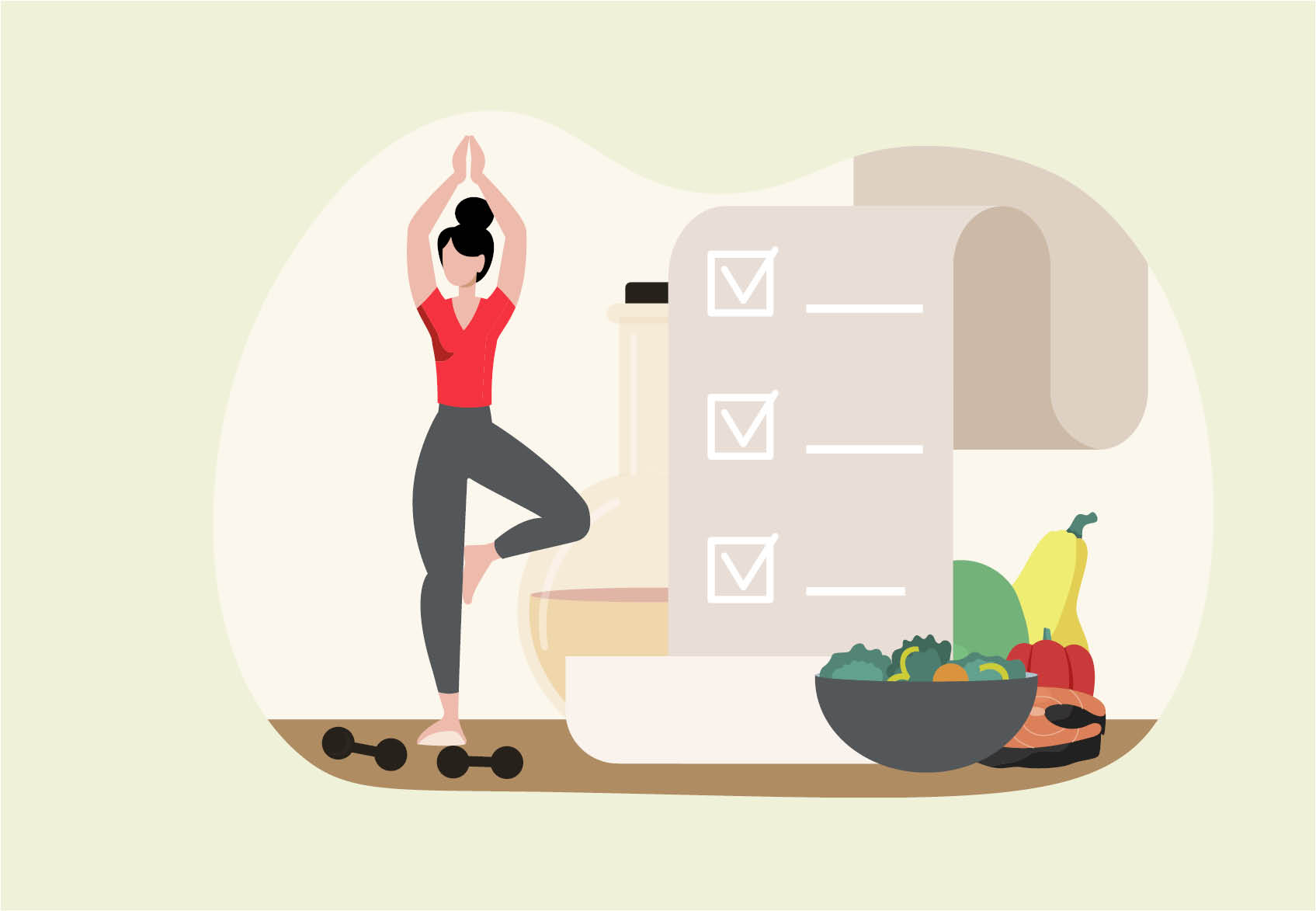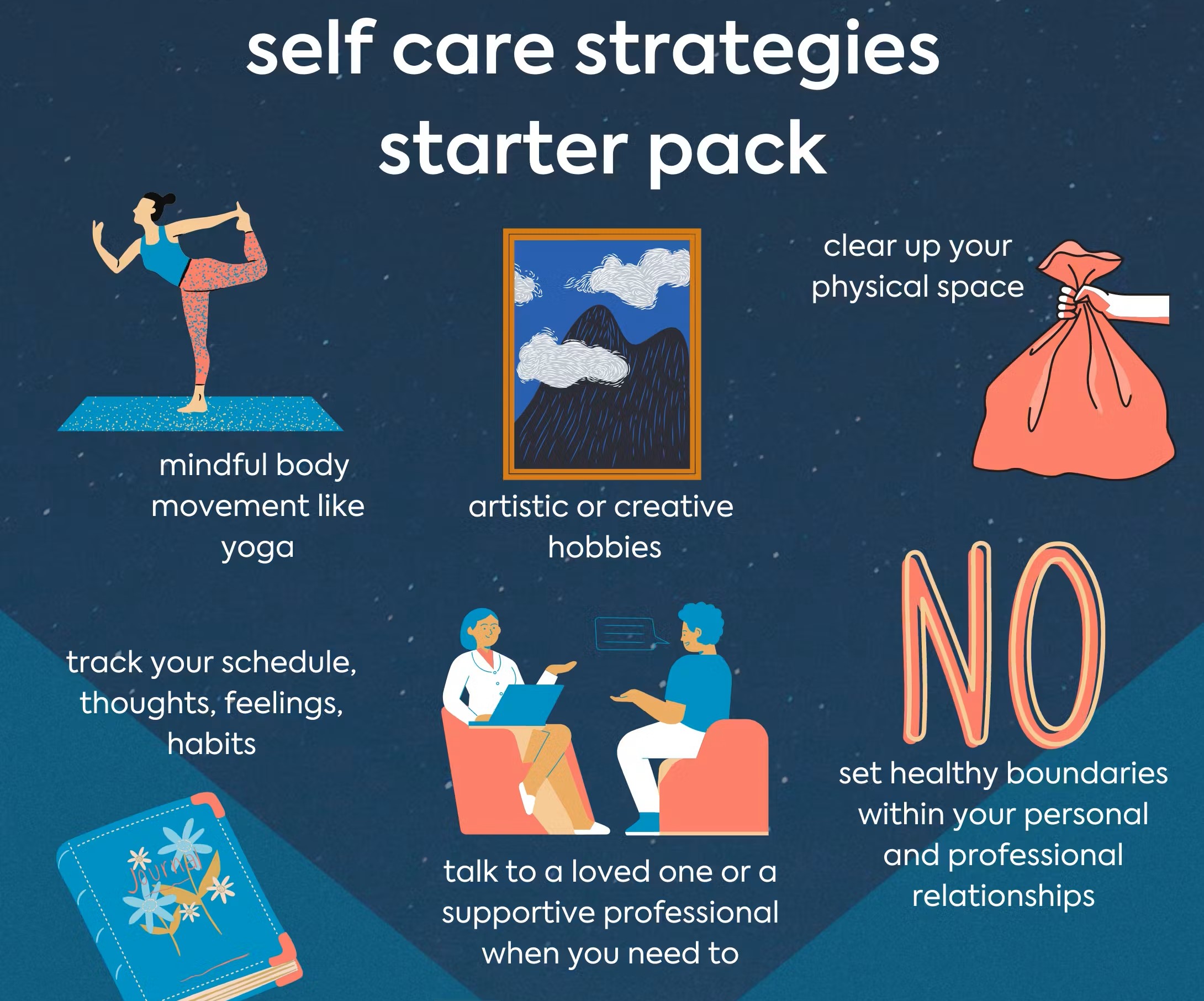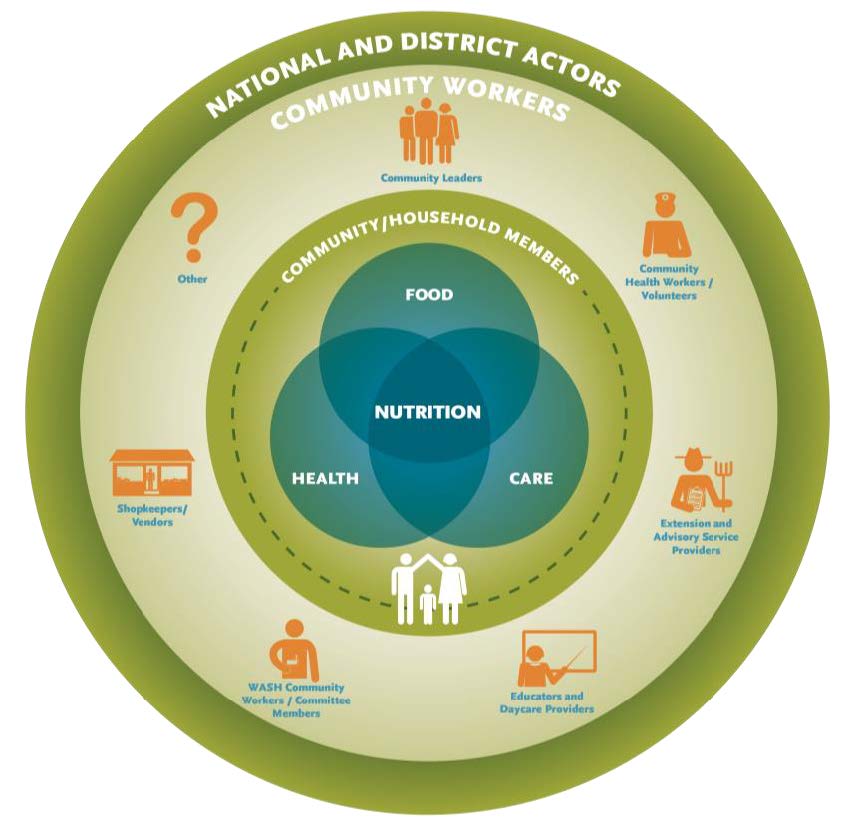Health and exercise strategies, In today’s fast-paced and sedentary lifestyle, maintaining good health and prioritizing exercise has become more important than ever. Regular physical activity and a balanced diet are fundamental components of a healthy lifestyle, contributing to overall well-being and longevity. This blog aims to highlight the significance of health and exercise, while providing valuable strategies to help you integrate these practices into your daily routine.
Importance of Health and Exercise
A. Physical Health Benefits Regular exercise offers numerous benefits for our physical well-being. It improves cardiovascular health, strengthens muscles and bones, enhances flexibility and mobility, and promotes weight management.
B. Mental Health Benefits Exercise is not only beneficial for the body but also for the mind. Physical activity stimulates the release of endorphins, also known as “feel-good” hormones, which can reduce symptoms of stress, anxiety, and depression. It promotes better sleep patterns, boosts cognitive function, and increases self-confidence and self-esteem.
II. The Role of Physical Activity in Maintaining Health
A. Benefits of Regular Exercise
Physical health benefits:
Engaging in regular exercise strengthens the cardiovascular system, improves lung capacity, and enhances overall physical fitness. It also helps in maintaining a healthy weight, reducing the risk of obesity and related complications.
Mental health benefits:
Exercise has a profound impact on mental well-being. It reduces symptoms of depression, anxiety, and stress, while improving mood and promoting relaxation. Regular physical activity has even been linked to a reduced risk of cognitive decline and improved brain health.
Improved overall well-being:
Beyond physical and mental health, exercise contributes to an overall sense of well-being. It increases energy levels, improves self-confidence, and enhances social connections, providing a holistic approach to wellness.
B. Types of Physical Activities
Aerobic exercises:
These activities involve continuous rhythmic movements that increase heart rate and improve cardiovascular fitness. Examples include walking, running, swimming, cycling, and dancing.
Strength training:
Strength training involves resistance exercises that target specific muscle groups, promoting muscle growth, strength, and endurance. It can be done with free weights, resistance bands, or bodyweight exercises like push-ups and squats.
Designing a Personalized Exercise Routine
A. Assessing Fitness Level Before embarking on an exercise routine, it’s essential to assess your current fitness level. This can be done through simple tests like measuring heart rate, assessing flexibility, and gauging strength and endurance. Consulting with a healthcare professional or a certified personal trainer can provide more accurate assessments.
B. Setting Realistic Goals Setting realistic and achievable goals is crucial to maintaining motivation and progress. Define your objectives, whether it’s weight loss, strength gain, or overall fitness improvement. Break down your goals into smaller milestones and celebrate each achievement along the way.
Key Strategies for Incorporating Exercise into Daily Life
A. Making Exercise a Priority To successfully integrate exercise into your daily routine, prioritize it as an essential part of your day. Schedule your workouts like any other important appointment and commit to following through. Treat exercise as an investment in your health and well-being.
B. Finding Activities You Enjoy Engaging in activities that bring you joy and excitement makes exercise more enjoyable and sustainable. Explore different forms of physical activity until you find what resonates with you. Whether it’s dancing, hiking, team sports, or martial arts, discovering your passion will make exercise a pleasure, not a chore.
Establishing Healthy Eating Habits
A. Importance of Balanced Nutrition Exercise alone cannot maximize health benefits without a balanced and nutritious diet. Eating a variety of whole foods ensures you obtain the necessary macronutrients (proteins, carbohydrates, and fats) and micronutrients (vitamins and minerals) for optimal health and performance.
B. Key Nutrients for Optimal Health
Macronutrients:
Proteins are essential for muscle repair and growth, while carbohydrates provide energy for exercise. Healthy fats support hormone production and assist in nutrient absorption.
Micronutrients:
Vitamins and minerals play critical roles in various bodily functions. Ensure you consume a wide range of fruits, vegetables, whole grains, lean proteins, and healthy fats to obtain these vital nutrients.
C. Creating a Well-Balanced Meal Plan
Incorporating Whole Foods:
Emphasize whole, unprocessed foods in your meals, such as lean meats, fish, fruits, vegetables, legumes, and whole grains. These foods are rich in nutrients and offer greater health benefits.
Portion Control and Mindful Eating:
Practice mindful eating by paying attention to your body’s hunger and fullness cues. Avoid overeating by portioning your meals appropriately and savoring each bite.
Hydration:
Drink plenty of water throughout the day to stay hydrated. Water aids digestion, regulates body temperature, and supports overall health and exercise performance.
Key Strategies for Incorporating Exercise into Daily Life
A. Making Exercise a Priority:
One of the most important steps in incorporating exercise into your daily life is to make it a non-negotiable priority. Recognize the importance of physical activity for your health and well-being, and commit to setting aside dedicated time for exercise. Treat it as an essential appointment that you cannot cancel or postpone.
B. Finding Activities You Enjoy:
Engaging in activities you genuinely enjoy is key to making exercise a sustainable and enjoyable part of your life. Explore different forms of physical activity until you find something that excites you. Whether it’s dancing, hiking, swimming, cycling, or joining a team sport, choosing activities that align with your interests.
C. Incorporating Physical Activity into Daily Routine:
Finding small ways to incorporate physical activity into your daily routine can make a significant difference in your overall fitness levels. Look for opportunities to move throughout the day, such as taking the stairs instead of the elevator, parking farther away from your destination to get some extra steps in, or going for a walk during your lunch break.
Establishing Healthy Eating Habits
A. Importance of Balanced Nutrition:
Exercise alone cannot maximize health benefits without proper nutrition. Balanced nutrition provides the necessary fuel for your body to perform optimally, support recovery, and maintain overall health. It is essential to understand the significance of balanced nutrition and its role in supporting your fitness goals.
B. Key Nutrients for Optimal Health:
To establish healthy eating habits, it’s crucial to focus on obtaining key macronutrients and micronutrients.
Macronutrients (Proteins, Carbohydrates, Fats):
Proteins are essential for muscle repair and growth, carbohydrates provide energy for exercise, and healthy fats support hormone production and nutrient absorption. Aim for a balance of these macronutrients in each meal to meet your body’s needs.
Micronutrients (Vitamins, Minerals):
Micronutrients play critical roles in various bodily functions, supporting overall health and performance. Include a variety of fruits, vegetables, whole grains, lean proteins, and healthy fats to ensure you obtain a wide range of vitamins and minerals.
Conclusion:
Incorporating exercise into your daily life and establishing healthy eating habits are vital steps towards achieving a balanced and fulfilling lifestyle. By making exercise a priority, finding activities you enjoy, integrating physical activity into your routine, utilizing technology for motivation, and focusing on balanced nutrition, you can embark on a journey of improved fitness, enhanced well-being, and long-term health. Remember, consistency and a positive mindset are key. Consult with healthcare professionals or certified fitness experts for personalized advice and guidance. Start today and take the first step towards a healthier, happier you. more details




